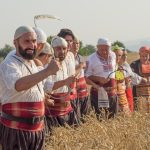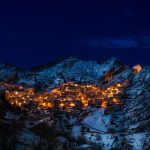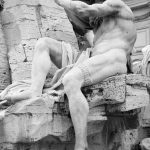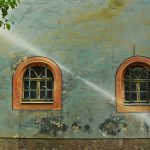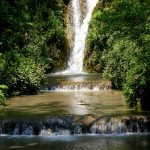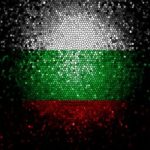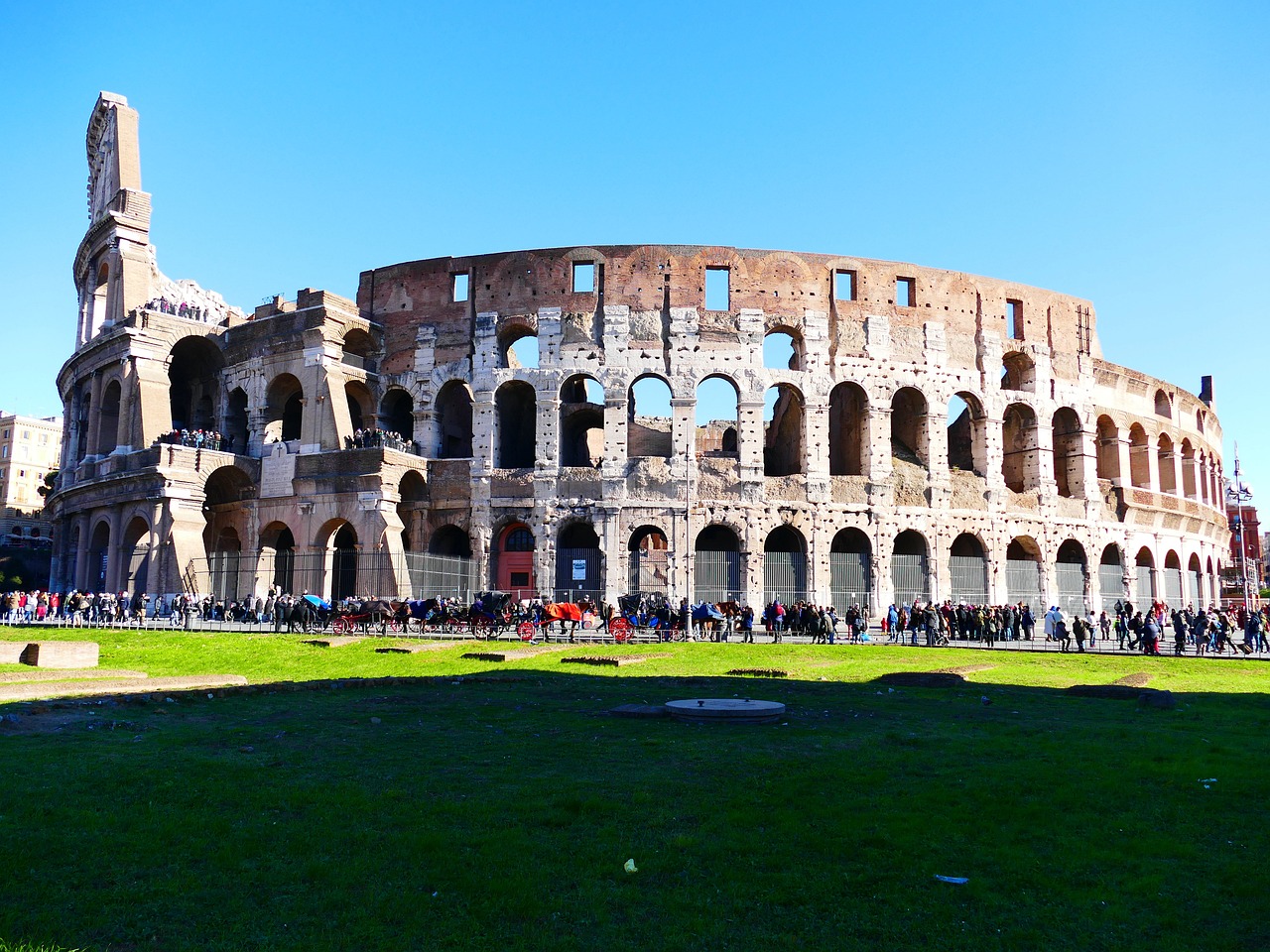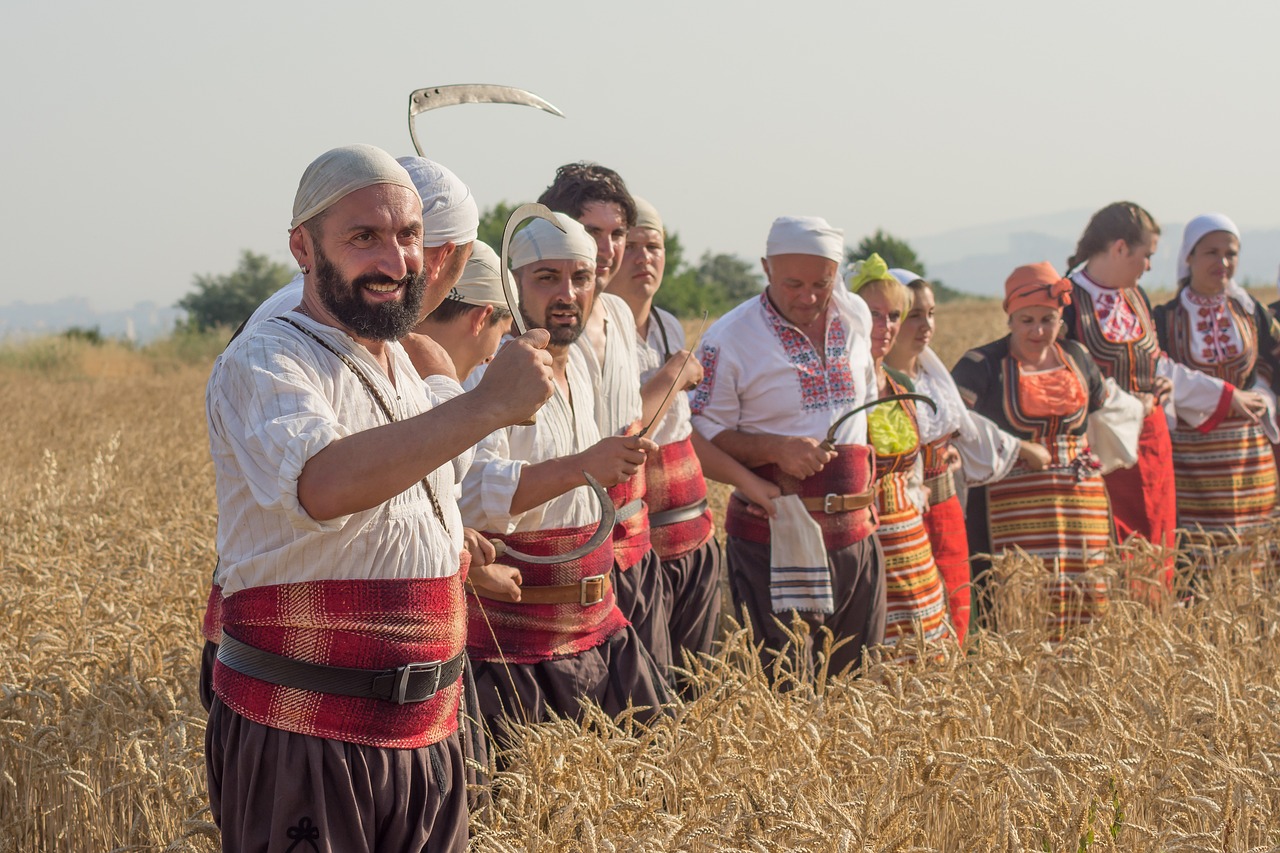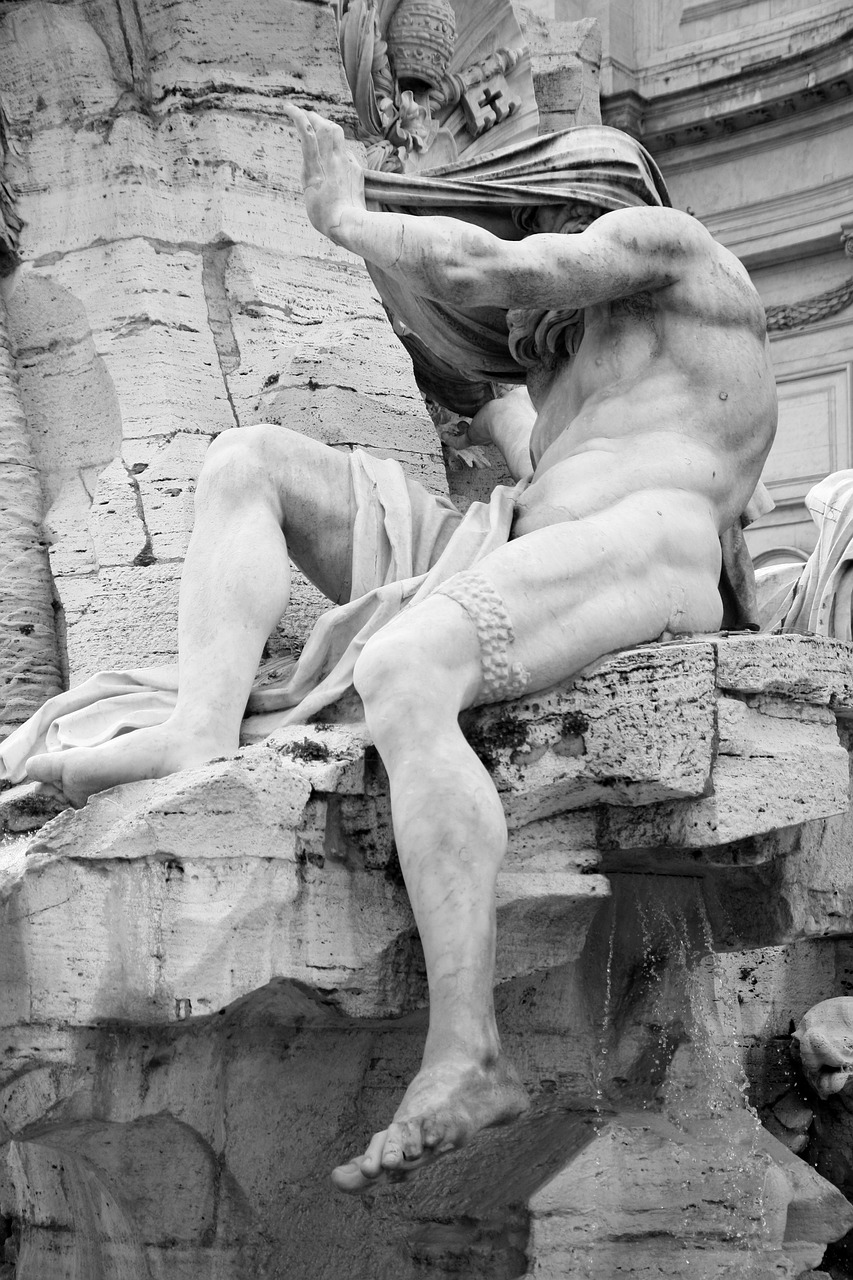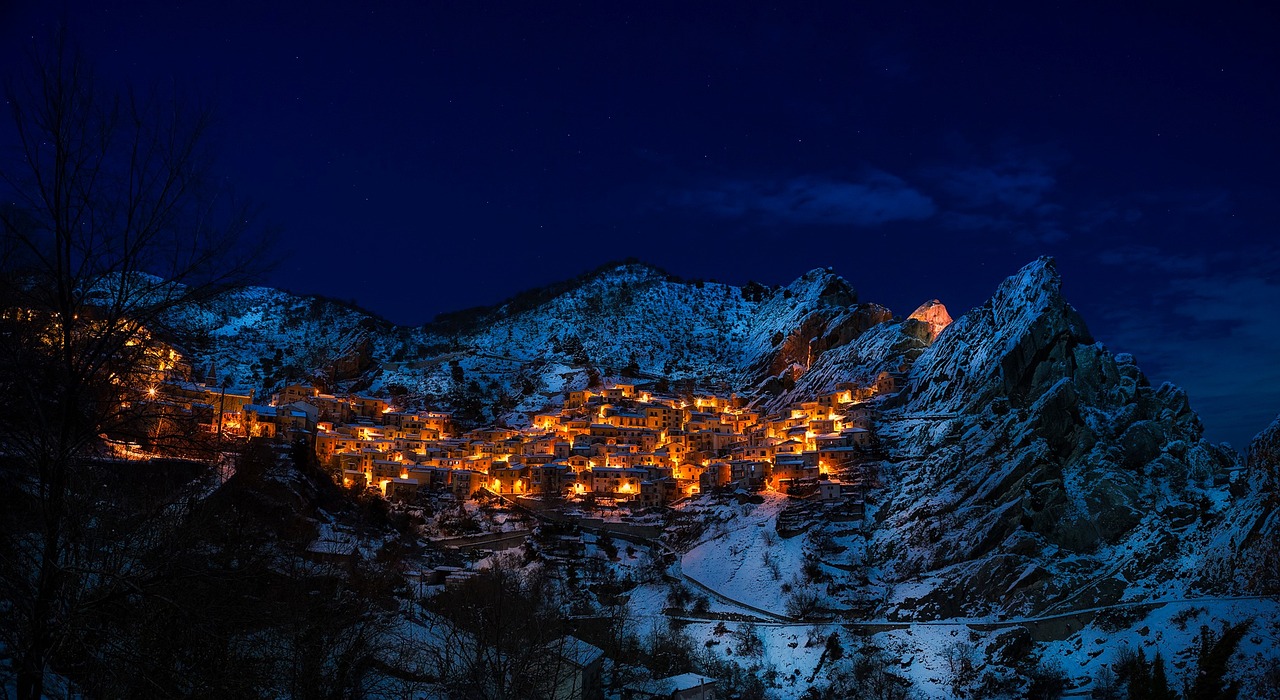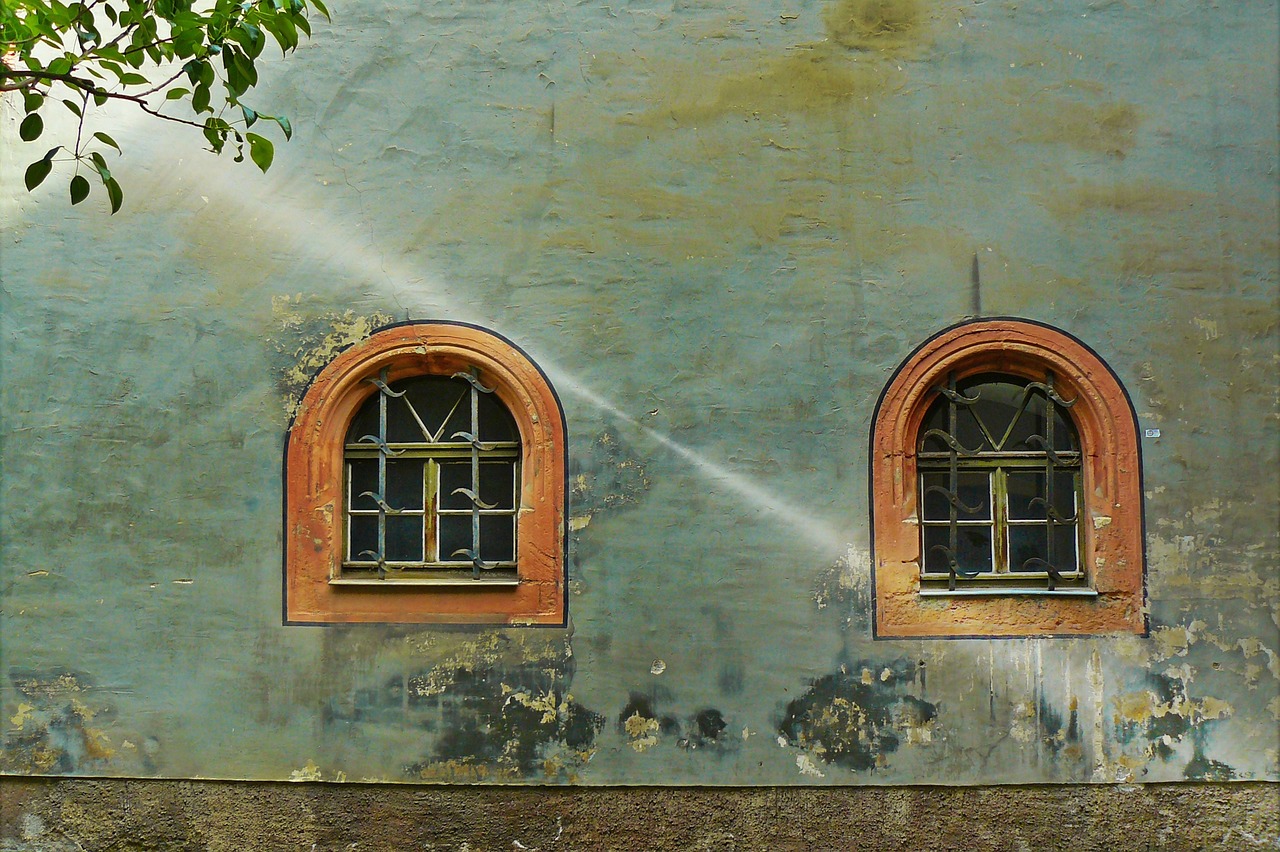Step back in time and immerse yourself in the captivating world of ancient Rome at the Roman Forum in Plovdiv. Nestled on General Gurko Street, this historic hub is a gateway to the city’s rich past, offering a fascinating glimpse into its ancient origins.
Spanning a vast 11 hectares, the Roman Forum is the largest of its kind in Bulgaria, a testament to its historical significance. Built in the 1st century AD, this architectural marvel was a bustling hub of commerce and civic life, housing a myriad of shops and public buildings.
From the Odeon, once a domicile for the City Council and later transformed into a theater, to the grandeur of the surrounding structures, every corner of the forum holds a story waiting to be discovered.
With its free accessibility and guarded premises, the Roman Forum welcomes visitors from 07:00 to 19:00, providing an opportunity to delve into the past and unlock the secrets of this ancient civilization.
So, embark on a journey through time and explore the wonders of Plovdiv’s historic hub.
Key Takeaways
- The Roman Forum in Plovdiv is the largest in Bulgaria and was built in the 1st century AD.
- It served as a hub of commerce and civic life, with the Odeon initially being a domicile for the City Council before being transformed into a theater.
- The forum showcases the grandeur of Roman architecture and cultural achievements, with valuable insights into ancient Roman civilization.
- Access to the forum is free and it is open from 07:00 to 19:00, with tourist information centers providing detailed information and enhancing visitor experience.
Location and Size
The Ancient Roman Forum in Plovdiv is situated on General Gurko Str., north of the central post office, and it is the largest forum complex in Bulgaria, covering an area of 11 hectares.
This historical site holds great significance as it provides valuable insights into the ancient Roman civilization. The forum complex showcases the architectural and cultural achievements of the Romans, offering a glimpse into their daily lives.
Through extensive archaeological excavations, numerous artifacts and structures have been unearthed, shedding light on the economic, political, and social aspects of the ancient Roman society. The discoveries made in the forum, such as statues, pottery, and coins, provide tangible evidence of the past, allowing historians and archaeologists to reconstruct the history of Plovdiv during the Roman period.
The preservation and study of these archaeological findings contribute to our understanding of the ancient world and its enduring legacy.
Features and Construction
Located in the northern part of the ancient Roman forum, the Odeon originally served as a domicile of the City Council and later transformed into a theater, offering a glimpse into the cultural and administrative aspects of the site.
This architectural marvel played a crucial role in the ancient Roman society, showcasing their appreciation for arts and public gatherings. The Odeon features an impressive seating capacity of 300-350 seats, highlighting its significance as a venue for various performances and events.
Its design reflects the grandeur and sophistication of Roman architecture, with intricate details and structural elements that have withstood the test of time.
The presence of public buildings within the forum further emphasizes its importance as a hub for civic and commercial activities, providing a comprehensive view of the ancient Roman civilization.
Accessibility and Tourist Information
Access to the forum and obtaining tourist information can be facilitated through the two tourist information centers in Plovdiv. These centers, located on Rayko Daskalov Str. and D-r Stoyan Chomakov Str., serve as valuable resources for visitors.
The centers provide detailed information about the ancient Roman Forum, including its historical significance and notable features. They offer maps, brochures, and guides to assist tourists in navigating the forum complex.
Additionally, the centers can provide information about other local attractions in Plovdiv and the surrounding area. Visitors can learn about the Cathedral Church St. Mary in Pazardzhik, the Ethnographical exhibition of the Regional Museum of History of Pazardzhik, Bratsigovo Historical Museum, Asens Fortress and the City of Asenovgrad, and The Zhaba Mogila Thracian Tomb in the city of Strelcha.
With accessible facilities and knowledgeable staff, the tourist information centers play a crucial role in enhancing the visitor experience at the ancient Roman Forum in Plovdiv.
Frequently Asked Questions
What is the significance of the Odeon in the Ancient Roman Forum in Plovdiv?
The Odeon in the Ancient Roman Forum in Plovdiv holds significance as a cultural and entertainment venue. Its architectural features include 300-350 seats and it served as the domicile of the City Council before transforming into a theater.
Are there any specific events or performances held at the Odeon?
The Odeon in the Ancient Roman Forum in Plovdiv has hosted a variety of specific events and performances throughout history. It originally served as the domicile of the City Council and later became a theater with 300-350 seats.
Can visitors explore the underground sections of the forum?
Visitors to the Ancient Roman Forum in Plovdiv have the opportunity to explore the underground sections of the site, revealing hidden architecture, ancient artifacts, and historical significance. These underground passages are architectural marvels and archaeological wonders.
Are there any nearby restaurants or cafes where visitors can grab a bite to eat?
Nearby eateries offer a variety of dining options for visitors to the Ancient Roman Forum in Plovdiv. The best food options can be found in the surrounding area, providing a range of choices to suit different tastes and preferences.
Is there a specific time of the year when the forum is less crowded with tourists?
The best time to visit the Ancient Roman Forum in Plovdiv is during the off-peak tourist season when it is less crowded. It is recommended to avoid peak tourist months such as July and August to have a more enjoyable and less crowded experience.
